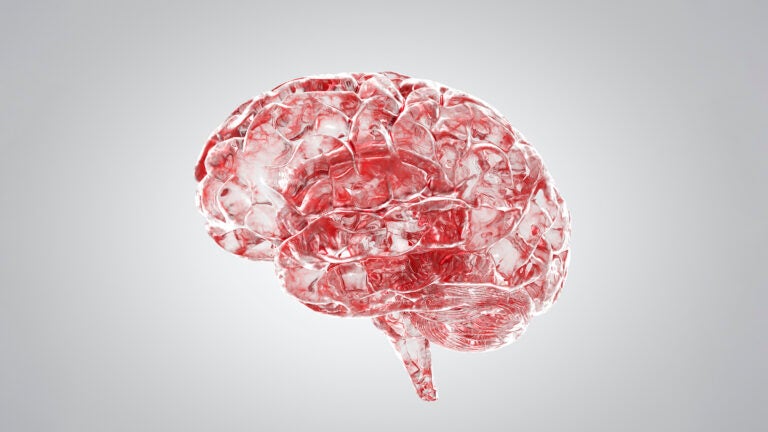USC researchers found an association between levels of PFAS in drinking water and the incidence of certain digestive, endocrine, respiratory, and mouth and throat cancers.
Tag: Health
Exposure to air pollution before pregnancy linked to higher child body mass index
Greater air pollution exposure in the three months before conception was associated with higher childhood obesity risk up to two years after birth, research co-led by the Keck School of Medicine of USC found.
The serendipitous discovery that changed biology — and the USC Leonard Davis School
More than 20 years ago, a study led by Pinchas Cohen — now dean of USC’s gerontology school — opened a new chapter in biology and made the university a leading force in unraveling the mysteries of mitochondria.
Circulation problems in the brain’s seat of memory linked to mild cognitive impairment in older adults
The study’s volunteers took a neuropsychological assessment, gave blood samples and underwent a brain MRI. (Image/iStock)
Health
Circulation problems in the brain’s seat of memory linked to mild cognitive impairment in older adults
Based on a new USC-led study, researchers suggest adding blood vessel health to dementia diagnostics.
Mild cognitive impairment is linked to blood vessel dysfunction in the brain’s temporal lobes — the seat of memory — according to a new USC-led study.
The findings, seen in people with and without signs of amyloid buildup in the brain, suggest that microvascular trouble may be an important, early biomarker for dementia as well as a potential target for therapy.
The research, involving scientists from multiple universities, appears in the journal Neurology.
“We’re studying the ability of these very small vessels to respond to stimuli and to dilate, and they’re showing dysfunction in people who have memory problems,” said senior author Daniel Nation, a professor of gerontology and medicine at the USC Leonard Davis School of Gerontology. “It could implicate blood vessel dysfunction in a very early stage of memory loss. It happened whether or not people had Alzheimer’s-related brain changes. They still had this blood vessel problem if they had memory issues.”
Circulation problems in the brain: The study
For the study, researchers recruited a sample of 144 older, independently living adults from the community. The volunteers took a neuropsychological assessment, gave blood samples and underwent brain MRI, or magnetic resonance imaging.
During the MRI, volunteers held their breath for 15-second intervals, an exercise designed to dilate the brain’s blood vessels, a natural process called “cerebrovascular reactivity,” which regulates oxygen levels in the brain.
Researchers paid special attention to blood vessels supplying the temporal lobes, located on the sides of the head, near the ears. Participants whose blood vessels didn’t dilate properly showed signs of cognitive impairment.
“With this approach, we can pinpoint the problem to the blood vessels and their ability to dilate. That’s not the way people usually think about memory impairment in older adults,” Nation said. “There’s an increasing realization that the main cause of dementia is not actually Alzheimer’s disease, it’s mixed pathology. If you just focus on amyloid, you’re certainly not going to get the full picture. Maybe this technique should be incorporated into our diagnostic approaches.”
“Our findings underscore the need to focus on vascular health as a critical factor in memory decline,” said first author Arunima Kapoor, a graduate student at University of California, Irvine.
Nation said that some blood pressure drugs may potentially protect vascular function in a way that preserves memory, but more research is needed.
In addition to Nation and Kapoor, other authors include John Paul Alitin, Trevor Lohman, Isabel Sible, Anisa Marshall, Aimee Gaubert, Xingfeng Shao and Danny Wang, of USC; Shubir Dutt of the University of California, San Francisco; Allison Engstrom, Fatemah Shenasa, Lorena Sordo and Elizabeth Head, of the University of California, Irvine; and David Robert Bradford and Kathleen Rodgers of the University of Arizona.
The research was supported by National Institutes of Health grants R01AG064228, R01AG060049, R01AG082073, P01AG052350, P30AG066530, and a grant from the American Heart Association, 23PRE1014192.
NIH awards $2.7 million to map retinal connections in degenerative eye disease
USC leads a research team aiming to better understand retinitis pigmentosa and inform future treatments.